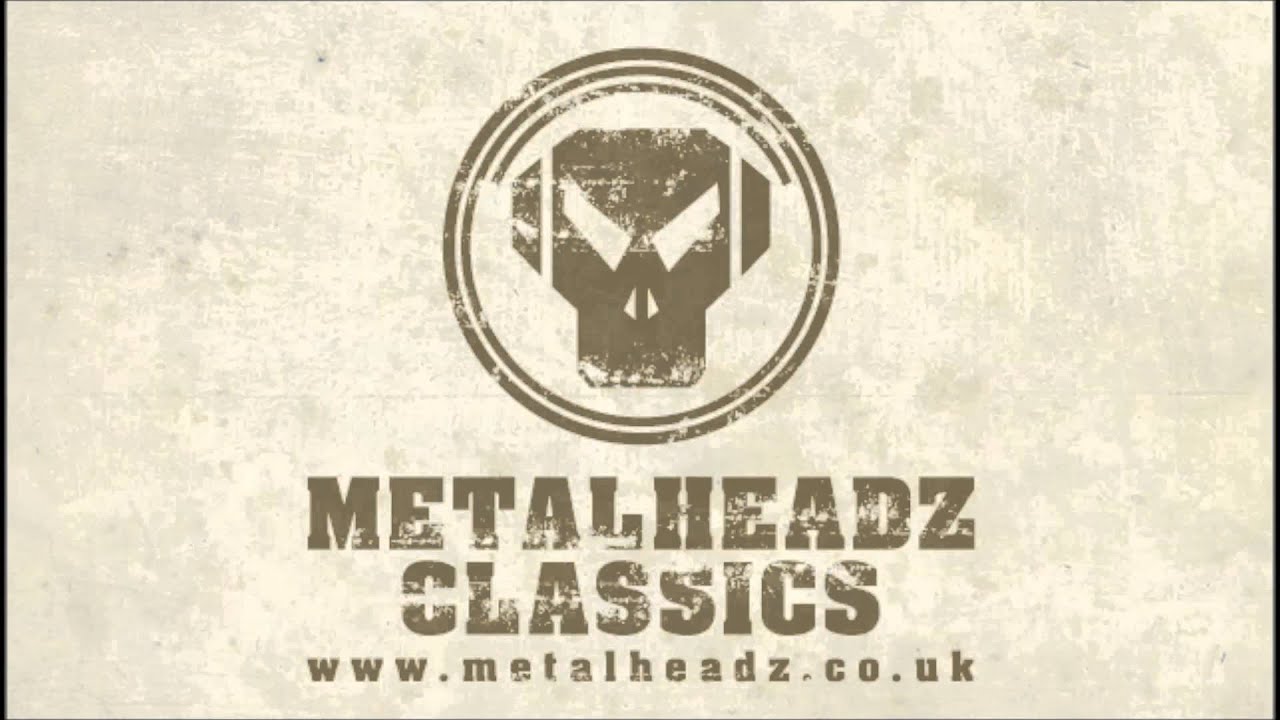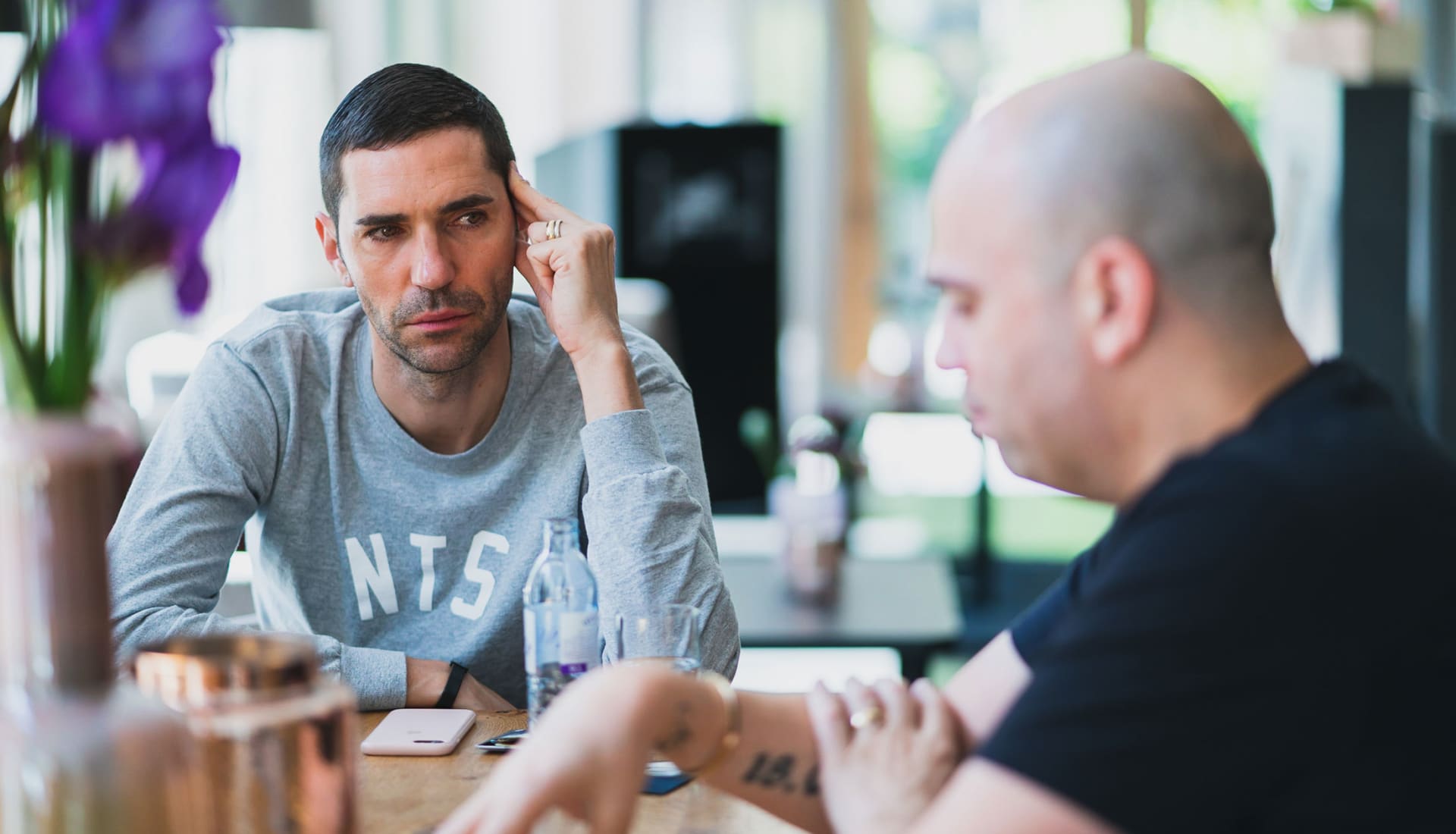
Bass Heavyweights Martyn And Doc Scott Remember The Golden Days Of ’90s Drum & Bass
As fascinated as Martijn Deijkers was with house and techno when he was coming of age as a raver, he didn’t start producing until much later. In fact, It wasn’t until he witnessed No-U-Turn’s Ed Rush playing a set of his trademark dread and paranoia-laden tech step that Deijkers was convinced to get involved with club music culture. Twenty years later, the artist—who now goes by Martyn—is a household name in the electronic music underground.
His musical journey led him from drum and bass to previously uncharted territory somewhere between house, techno and dubstep. “I still feel like I’ve been making drum and bass for the last 15 years. The tempos are different, but it’s still all bassline-driven and about trying to find new grooves and beats,” Martyn explains, sitting in the lobby of a hotel in Berlin. The night before he celebrated the release party of his new album Voids on Ostgut Ton at Berghain’s Säule floor.
One of his guests was Doc Scott; arguably one of the key players responsible for the evolution from hardcore to jungle and, eventually, to drum and bass. Doc Scott was there every step of the way, contributing genre defining classics for famed labels like Reinforced Records, Metalheadz and his own 31 Records, and thus has always been one of Martyn’s musical heroes.
For the longest time, mixing drum and bass and techno in one night, on the same dance floor, was a challenging feat to say the least. The gap in tempo and overall energy was just too big for most people, as well as the overlap between the audiences of each respective genre. But as Doc Scott and Martyn review the events at Säule, both of them happily attest that things are changing. Sipping on their respective morning drinks (coffee for Doc Scott and water for Martyn), they trace the resurgence of drum and bass and discuss the ever-changing tides in dance music.
Martyn: Yesterday, you and I briefly talked about different artists’ musical journeys, and how a lot of the bass music producers started to gravitate towards techno at some point. When I started going out in the ‘90s, I felt that techno was already an established and mature genre. If I would see, say, Stacey Pullen or Derrick May play, they were a lot older than I was. So I never really connected to that generation. I connected to the music they were producing and playing, but I wasn’t like, “I can play a role in this story.” One night, I went to a party with Ed Rush and I was like, “Hey, that guy is just as old as me! If he does that, then maybe I can do a party too.”
Doc Scott: That’s an interesting point.
Martyn: That was the moment I thought, “Maybe I can do something in music.” Before that I was just a consumer. I’d just buy music and go to concerts and stuff. I never even thought about making music or DJing or anything like that until that point, that Ed Rush moment. I still feel like I’ve been making drum and bass for the last 15 years. The tempos are different, but the elements are still pretty much the same. It’s all bassline-driven, it’s all about trying to find new grooves and beats.
Doc Scott: Some of the half-tempo drum and bass tracks that are around at the moment can almost sound like techno. They have one or two sounds, and they’re very, very repetitive with only slight variations. I love using those as bridge tunes, or as placeholders, before you want to up the tempo or up the energy in a set. I love being challenged. I love challenging myself. I said to you last night, I think of myself as much more of a techno DJ, at least in the way I structure my sets. But I just happen to play at 170 BPM as opposed to the way a traditional drum and bass DJ plays, if there is such a thing. But I listen to a lot of house and techno DJs and I draw a lot of influences from the way they build, and sometimes even the way they mix and EQ mixes. I try to translate that across into drum and bass.
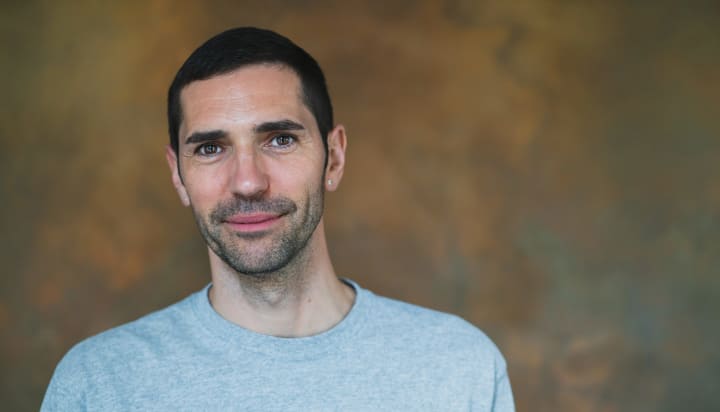
Martyn: I always see music in three layers: there is a sub-layer, with just the bassline; there is a beats layer where something interesting needs to happen; and then there’s this top layer for pads, these sort of Blade Runner-esque strings, or sounds that are piercing on the top. It’s almost like three frequencies, in a way. But if these three elements are in my music and they play together, and they make an interesting mix, then, to me, that’s what drum and bass is. Tracks like “Threshold” or “The Angels Fell” by Dillinja are the blueprint of drum and bass for me—where you have three interesting elements doing things together. The tempo can vary, really. That’s why I think it’s so acceptable now to do 85 BPM, because if you just keep doing those same three things, then it doesn’t really matter if you’re at 85, or if you go to 140 BPM or whatever.
Doc Scott: A pivotal point for me in drum and bass evolving and becoming something fresh and interesting again was when dBridge & Instra:mental did the Autonomic Podcast. For me, artistically, it was so important. I thought drum and bass was in a bit of rut and just regurgitating stuff that it had done before. Obviously, there were individual releases that were good, but I didn’t think that, as a whole, the genre was creating anything interesting—at least from my perspective.
And then that podcast series came out of nowhere. For a lot of people—some DJs and a lot of artists—it was like, “That’s what we needed to hear.” They slowed it down to 170 BPM or even a little bit below, and then they brought in the 85 BPM kind of stuff, which just opened up a whole avenue and way of thinking. Just slowing it down a few BPMs was vitally important.
Martyn: Before the Autonomic Podcast came along, even within the UK, drum and bass was so separate from everything else. There wasn’t even any sort of influence between drum and bass and other UK styles. The podcast bridged what I was doing with people like Peverelist, Appleblim or Shackleton were doing, and all of a sudden, the music all became one big movement. I mean, not that we were all that connected to it, but stylistically it kind of worked together vibe-wise despite the tempo differences. I would describe it as a sort of techno with a dark atmosphere, but with a Detroit edge to it. That also connected drum and bass back to…
Doc Scott: … to its roots, as well.
Martyn: Yes, and to dubstep and all that, too.
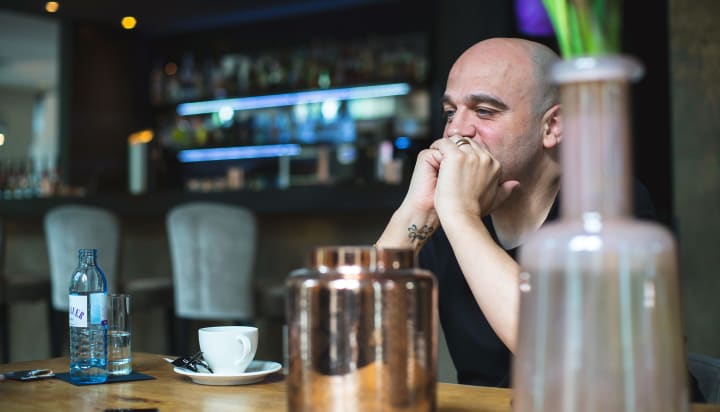
Doc Scott: I think there are always moments in time—or in this case, a podcast series—that come along on a seven-year cycle, that kind of reset everything and give everyone a new direction. I can remember when I first heard “How You Make Me Feel” from Marcus Intalex. It was so important, because around that time this vocal line and the tune’s overall warmth and soulfulness totally stood out. I think that was around 2000 or 1999.
Around that time, everything was so hard. Bad Company was at their peak. Everybody wanted to be them, basically. It was so militant and aggressive. I can remember vividly speaking to Bryan G after a gig somewhere, and him saying, “Where have all the girls gone? All the clubs I go to now are just full of men!” Clubs were busy, but it was such a one-dimensional thing. And then I heard “How You Make Me Feel”, and I was like, “This is the tune. This is the tune that is gonna change everything.” You have these moments in time where a track will come along and just kind of remind people. The Autonomic Podcast was maybe a bit different in that it was not just a reset-point, but it was also something brand new.
Martyn: It was an umbrella for a variety of dance music that sounded futuristic again. dBridge and Instra:mental connected a lot of dots and gave all these different styles one platform.
Doc Scott: I remember hearing some of the music on there and thinking, “What is this, where is this coming from?” And now, look at everything that’s followed: Skeptical, Alix Perez, Ivy Lab—the list goes on and on. I think everything pretty much comes from that point in time. This period for drum and bass, at least from my perspective and for the music I like and get to play, is as good as—if not better than—that ‘90s period. That period is seen as being the “golden era,” but I think simply because it was still very exciting and brand new. Things were being done that hadn’t been done before. It was all still very fresh. Drum and bass was very young.
That moment in time will always be very unique. The first of anything can’t ever be replicated. But I think what Instra:mental did was just as important, and even more so, because of when it happened.
I haven’t enjoyed DJing probably ever as much as I do at the moment, and that’s because of two things. The first is the freedom that I have when I play—I feel like I’ve found myself in the last five or however many years and fallen back in love with what I do. The second is that I have the right tools to work with, especially with the music that I get to hear and that I have the luxury of playing—it’s just a joy.
Martyn: One of the main things I always loved about drum and bass was the sound design. It’s just on such a high level. Even in the ‘90s, it was already so far beyond all other sort of dance music. I’ve been digging really deep into the making of Goldie’s Timeless, and that era in general, and talking to people about all the musical ideas that were formulated at that time. It’s just miles ahead of what everyone else was doing, even to this day. Especially compared to a lot of house and techno.
This movement now going back to lo-fi—making music sound raw and crunchy—has kind of diminished the sound quality of the music a little bit, for me at least. You listen to new drum and bass now, like the Benny L stuff you played yesterday, and it’s ridiculous what sounds there are in it.

Doc Scott: I sent a new Serum track to Skeptical, and he was like, “It’s so loud. It makes my stuff sound weak” And I said, “Yeah, I don’t know what those guys are doing over there, it’s incredible.”
Martyn: It’s so far ahead of everything else. And then, you know, sometimes I compare that to the newest house trend, where some guy has some little fake 808 and one synth and some pads, and you’re like, “Why don’t you step up your game.” Not that it’s just about sound design. It’s about composition, too.
Doc Scott: People are pushing their equipment or software to the maximum, and really testing things and bending the rules just to see what happens. That’s always been a key element in drum and bass. That’s what Dillinja was doing back in the ‘90s. I can remember the first time I went to his studio, which at the time was in his mom’s front room. He had these giant Tannoy speakers. I was like, “This is where you make your music?” He was recording his tracks to DAT, and I remember vividly looking at the DAT machine and the LEDs weren’t moving. It was just red. I was like, “What are you doing?” That’s so technically wrong. But what was coming out of the speakers was amazing. Do you know what I mean? I think drum and bass has always had this kind of renegade element to it,
Martyn: It’s that…what was the phrase again, “joyriding technology?” I think drum and bass will always be more about that than other genres.
Doc Scott: There’s a slightly punk element in its DNA. That’s why some drum and bass just doesn’t appeal to me when it’s too safe. I always say to people, “I don’t like hearing tracks that are all nicely packaged and safe and everything’s right,” you know. They can be really nice, and there are some of them that I will play. But generally, I like stuff that sounds a little bit dangerous and rough around the edges. Not even rough like audio-wise, do you know what I mean?
Martyn: Yes, absolutely.
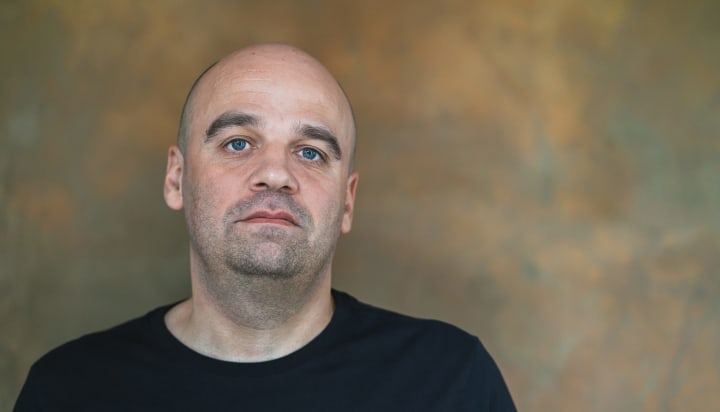
Doc Scott: Generally, I think it’s cool that we are now at a point in time when you have these classic periods that can be looked at. House, techno, drum and bass are all of an age now. There are generations who haven’t heard it, who weren’t around when it first happened. Metalheadz is doing these special old school nights. And the cool thing is that about 75% of the crowd in there wasn’t old enough or wasn’t around when the Metalheadz Sessions at Blue Note were at their peak. So these people know this music, but they’ve never heard it out. And they go nuts.
It’s great to see that when you play an old Dillinja tune from ‘94 or ‘95, it still tears down the place. Those tracks will never die. And you’re introducing them to a whole new generation. And hopefully when they hear this music, they’ll be inspired to push in a different direction. It’s good that drum and bass doesn’t forget or want to erase its history. It celebrates it.
Martyn: It wasn’t always like that, though.
Doc Scott: No, it wasn’t. It was really forward-thinking the whole time. That was what set it apart from house and techno. But looking back every once in a while and being somewhat nostalgic isn’t frowned upon anymore. That’s a good thing.
Martyn’s new double LP, Voids, was released on Ostgut Ton on June 11. To listen to the album in full, click here.
Read more: These are the 14 most influential drum and bass labels
Published July 09, 2018.

